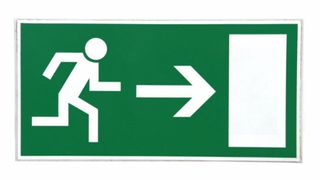
Building from the ground up

In what has been a marked slowdown of investment in the hotel industry globally, Asia Pacific has been bucking the trend.
In the first six months of this year, $3.8 billion worth of transactions took place in the region, an increase of 13.2% compared with 2015, according to research conducted by JLL, the Hong Kong-based global real estate services firm.
In comparison, the Americas, Europe, the Middle East, and Africa saw between 51% and 60% drops in investment. In that same period China completed $252 million worth of deals.
JLL pegged the global slump to the uncertainties surrounding Brexit, although it’s unclear if the vote to leave Europe could have had such a marked global affect. Nonetheless, investors do now seem to view China as somewhat of a safe haven in volatile times.
China overseas
But while appetite for Chinese hotel assets has come from abroad, Chinese investors are parking their cash further afield. They exported more than $5 billion into the sector across the globe in 2015, accounting for nearly half of all cross-border investment out of Asia Pacific.
In the first quarter of 2016, $3.5 billion worth of deals were made into commercial property and land by Chinese investors. Although this was a dip of 20.5% year on year, China became the most active cross-border investor, second only to Germany, according to JLL.
The big Chinese hotel investor is well known to many. Anbang Insurance Group famously pushed Marriott International to the limit in a bid to buy Starwood Hotels & Resorts recently, pulling out late in the game, citing market conditions. Marriott eventually agreed to merge, offering up $12.2 billion in cash and stock. The deal was finalized in late September.
Anbang is not new to the hotel game. It owns JW Marriott Essex House in New York and bought the Waldorf Astoria hotel for $1.95 billion in 2014. In an interview with The Washington Post, Sean Miner, a China expert for the Institute for International Economics, said: “A lot of what the Chinese are looking for is brand names. That is something that’s been hard for [them] to build on their own, so they’re looking to buy them instead.”
And there are worse plays than the hotel industry. According to Statista, in 2014 the occupancy rate of hotels globally had increased year-on-year for two years. Europe had the highest occupancy rate in 2014 at 68.8%, followed by Asia-Pacific at 68.6%. The Middle East and Africa was the most expensive region for hotels with an average daily rate of $166. The Americas is generally the cheapest region each year.
And although it suffered on the back of the financial credit crisis, global revenues have picked up tidily since the 2009 low of $395 billion. Euromonitor International forecasted $550 billion of revenue in 2016.
Sign-in to access CorporateTreasurer content.
Free Registration & 7-Day Trial
Note: This free trial is a one-time offer. You are eligible for one free trial per year.


